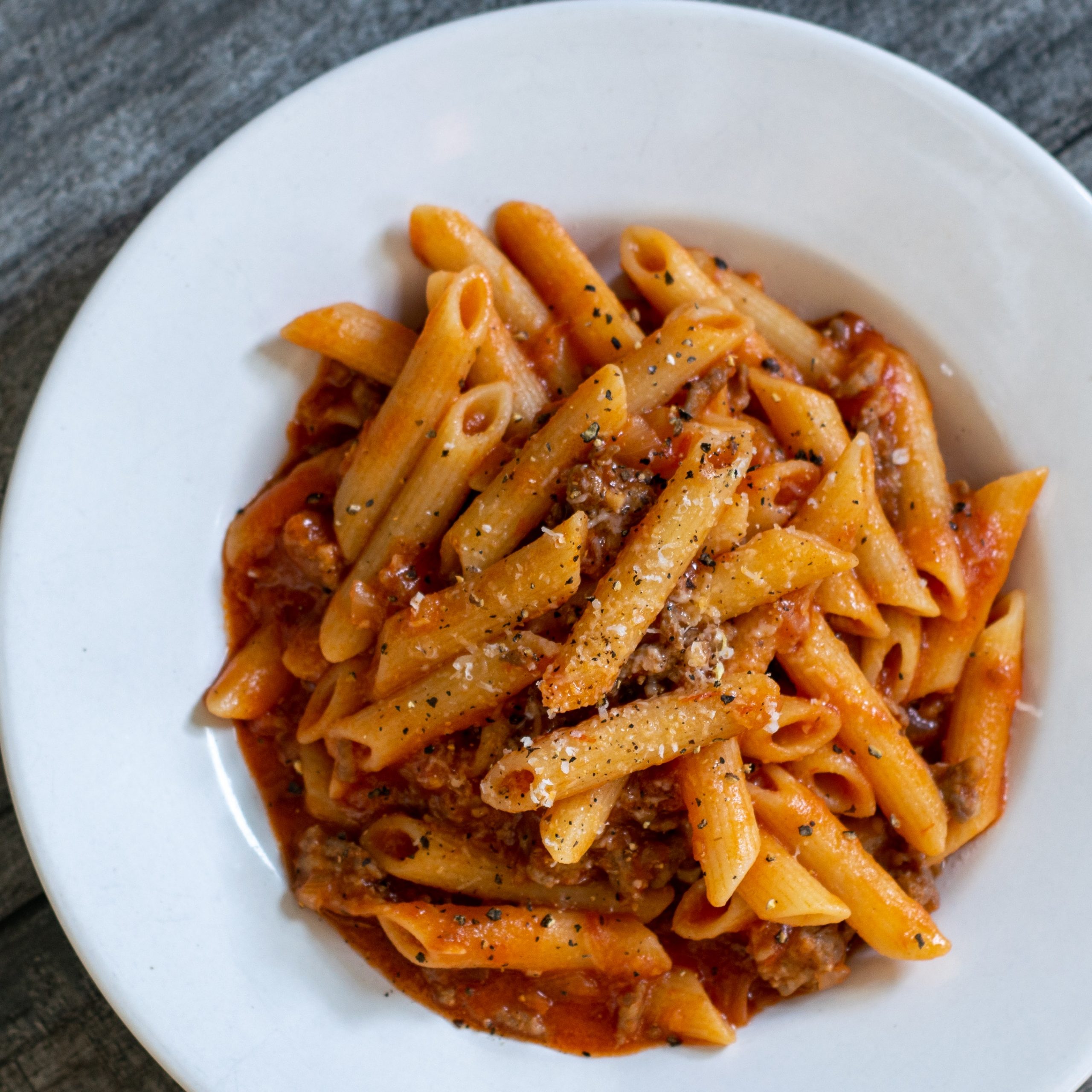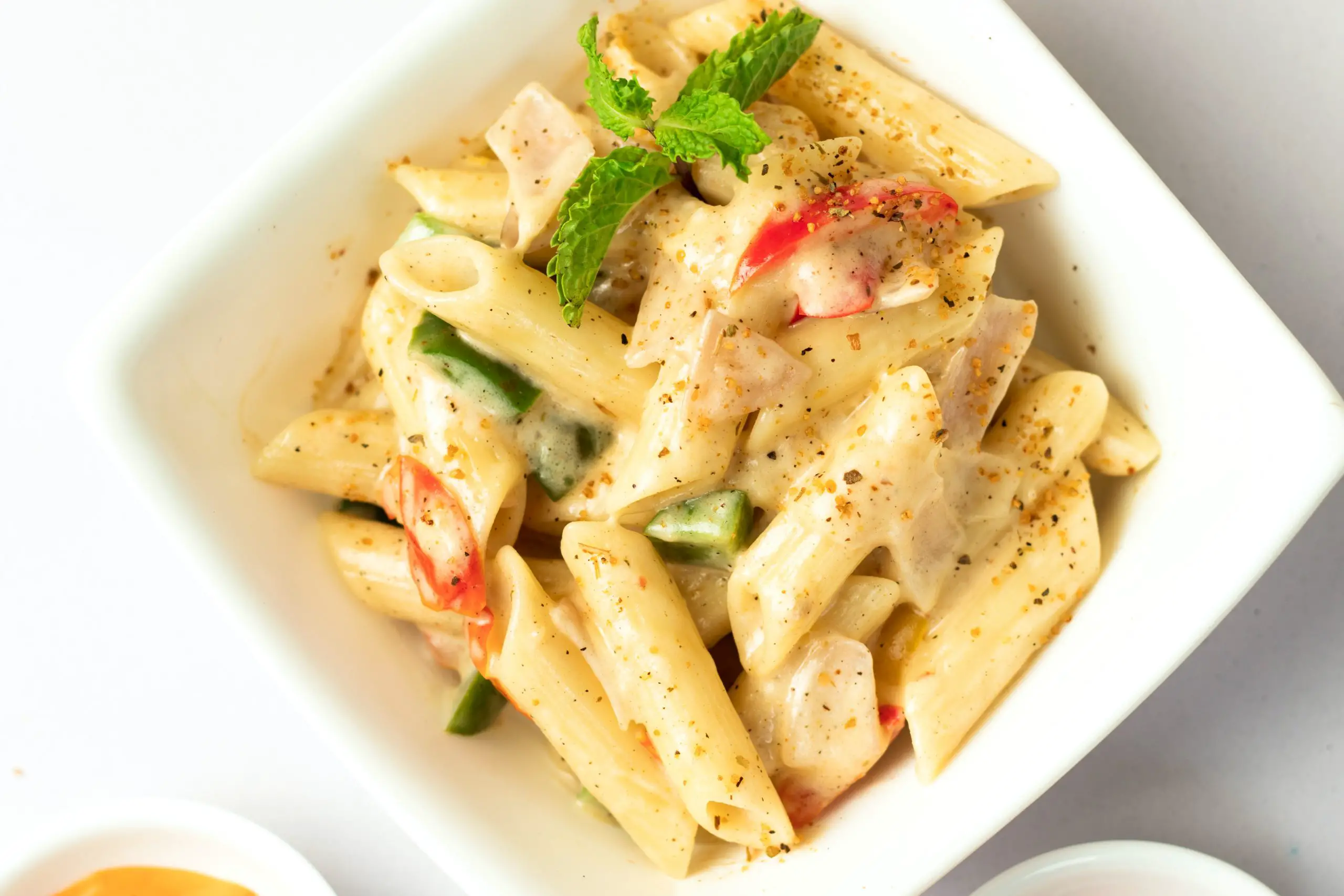You can reheat leftover home-cooked meals as often as you like without risk. Limiting how often you do so is great practice, though. A particular style of meal wouldn’t often require more than one reheating. Separate and store meals in individual pieces if you prepare them in bulk.

When there is sauce involved, reheating pasta can be challenging. Here is all the information you require for reheating pasta to retain its original flavour. One of the simplest meals to prepare in large quantities is pasta dishes. This typically results in many leftovers that must be reheated later.
Can You Reheat Pasta Twice?
You can safely reheat home-cooked leftovers an unlimited number of times. The ideal strategy is to refrain from doing this too frequently. A sort of food won’t typically require more than one reheating.
Even though food can be safely reheated multiple times, the quality worsens. Reheat only the food you intend to eat. The dish is technically OK to eat as long as it is reheated to at least 165°F each time.
How to Reheat Pasta?
The ideal method for reheating pasta will rely on two things: how the pasta was cooked and stored the first time and how you want the pasta to taste after being reheated. You can slightly alter the final flavour and texture of the reheated dish using any of the methods listed below. Additionally, some applications fit each method better than others.
1. Pasta Reheating in an Oven
If you are dining at home and need to reheat a sizable amount of leftovers, cooking pasta in the oven is a terrific option. Expect this method to slightly alter the final taste and texture of the pasta unless you are reheating pasta that was already hot from the oven (lasagna, spaghetti bake, etc.). Simply preheat the oven to 350 degrees before reheating baked pasta dishes. Cook your leftovers for 15 to 20 minutes in an oven-safe pan that has been oiled, lined with parchment paper, or covered with a silicone baking mat.
You have a few options for pasta recipes that weren’t initially prepared in the oven. The simplest method is to put the pasta in a pan that can go in the oven, cover it, and cook it according to the temperature and time listed above. This method of reheating pasta causes it to become chewy and crunchy than the dish’s original texture and get crispy on the outside. Another option is to bake the pasta with some vegan cheese to create a new dish version.
The cheese will give the pasta a different flavour profile and prevent it from crisping. Cook the pasta as directed above, uncovered, and then, once thoroughly heated, turn it to broil for one or two minutes to melt the mozzarella on top. Although warming spaghetti in the oven is effective, it isn’t the most energy-efficient technique. Because of this, we only advise using it to reheat big servings. To save time and energy, use one of the following techniques for single servings.
2. Pasta Reheating in a Microwave
The microwave might be your best friend for warming up meals if you’re not at home or are in a rush to eat. To keep the pasta moist as it warms up, the secret to microwave pasta rewarming is to employ steam. Start with a microwave-safe container, some wax paper, or a lid with a loose fitting. A tablespoon or two of water should be added to the container’s bottom before adding your pasta dish. Cook for 30 to 60 seconds with a lid or piece of wax paper on top.
The pasta should be taken out, stirred, and re-cooked for 30 to 60 seconds. Continually do this until the dish is thoroughly heated. You can revive dried, unused noodles by adding water and covering the top of the container with something heavy. Additionally, you may prevent any of those noodles from receiving too much or too little heat by stirring often. Just be careful not to snap the lid on too tightly since the spaghetti will heat up and cause the container to burst.
3. Pasta Reheating in an Air Fryer
One exception to the general rule: an air fryer is not an excellent method for reheating pasta dishes. Things get more crispy in air fryers than when heated in the oven. With noodles or sauces, this feature typically doesn’t work well. Reheating meatballs is one situation where an air fryer is useful.
The leftover meatballs from your spaghetti and meatball dinner should be kept apart from the sauce and noodles. The meatballs can then be added back to the sauce, and noodles heated in the microwave and air fryer on alternate occasions to make a delightful leftover supper. Give your air fryer five minutes to reach roughly 350 degrees.
Your meatballs should cook for three to five minutes after being placed in the fryer basket. As needed, check them and put them back in the fryer to reheat them. The other ingredients must be heated through in a stovetop or microwave. However, by going the extra mile, you can ensure that your meatballs are crispy while keeping the noodles supple and the sauce from drying out.
4. Pasta Reheating on the Stove
Another excellent choice is to reheat pasta on the stove, which can be done in one of two ways depending on how your pasta was stored. Start by bringing a pot of water to a boil if you stored your sauce and noodles separately in the refrigerator. Stir the pasta for 30 to 60 seconds after adding it to the saucepan with no sauce. The noodles should then be drained in a colander. Re-add the pasta and sauce to the heating pot.
Cook the sauce on low until it is well cooked. This technique will revitalise your pasta without drying out or over-hydrating the sauce. Alternatively, if the noodles and sauce are combined, you can steam the food on the stovetop until it is just right. Your pasta and sauce should be placed in a pot with a few water tablespoons. When the meal is thoroughly heated, cover the pan with a lid and heat it on medium-low while stirring every few minutes.
How do You Add Vegan Cheese to Pasta?
If you are vegan, you might wonder how to add cheesy flavour to pasta dishes without using dairy products. One of the best ways to do this is by using nutritional yeast. This is a powder that mimics the taste of cheese without dairy. This product is available in most health food stores and many major grocery stores.
To make the vegan cheese sauce, blend the ingredients. If it seems a little thick, add 1/2 cup of plant-based milk. The consistency should be loose enough to coat the back of a spoon but thick enough not to be too runny. After adding it to the pasta, the sauce should be slightly cheesy but not overpowering. It will taste great when mixed with hot pasta.
How to Reheat Pasta in a Sauce?
Pasta with sauce can be heated in the oven, stove, or microwave. Keeping the moisture is crucial in each of these scenarios. To help steam the ingredients and prevent them from drying out while heating them in the microwave or on the stove,
Add a little water to the bowl or pot and cover it. This entails using silicone topping or tin foil as a moisture barrier in the oven. Alternatively, you may sprinkle vegan cheese on top of the pasta to create a delectable barrier preventing the noodles from drying up.
Does Plain Pasta Reheat Well Twice?
Reheating food more than once shouldn’t increase the risk of disease if it has been handled hygienically during preparation, cooled down fast after cooking (or reheating), and stored cold. The number of times you may safely reheat leftover home-cooked meals is unlimited. The ideal strategy is to avoid doing it too frequently.
One sort of meal would typically not require more than one reheating. Make meals in bulk, then divide and store them in separate portions. To reheat, you can sauté plain pasta with just a little water in a skillet over medium heat. For one serving (1 cup) of cooked pasta, cook it for approximately 2-3 minutes or until the internal temperature reaches 165 degrees.
How Long be May Cooked Pasta Refrigerated?
Even so, it’s crucial to check your pasta for deterioration before consuming it. Homemade pasta that has been cooked and is still fresh should be kept in the fridge to prevent mould growth and extend freshness. In the fridge, pasta typically keeps for 3-5 days. Store it in the refrigerator to prevent mould growth and extend the freshness of cooked and uncooked homemade pasta.
Reference: EFFECT OF FLAXSEED FLOUR AND PACKAGING ON SHELF LIFE OF REFRIGERATED PASTA
Conclusion
Reheating pasta is not a great idea. It will lose most of its texture and begin to clump up. It also shouldn’t be rinsed after cooling. Rinsing pasta will destroy the pasta’s texture and make it more difficult for it to adhere to your sauce. In addition, it will lose the taste you expect from it. There are some downsides to reheating pasta twice. Reheating pasta too often can cause the food to spoil and cause food poisoning.
Pasta is best kept in the refrigerator for a few days. However, reheating it more than twice will significantly reduce its shelf life. In addition, reheating food can make it stick together. It may stick together if there’s not enough moisture in the past. Also, pasta only keeps five days in the fridge and two months in the freezer. This means you could end up with overcooked pasta. It’s also important to remember that reheating pasta decreases the number of carbohydrates released after digestion.
